What Can I See With A 70mm Telescope ?
With a 70mm telescope, you can observe a variety of celestial objects. You will be able to see the Moon in great detail, including its craters, mountains, and other surface features. You can also observe the planets in our solar system, such as Jupiter and its moons, Saturn and its rings, Mars, and Venus. Additionally, you can observe bright star clusters, such as the Pleiades and the Beehive Cluster, as well as some nebulae, like the Orion Nebula. However, it's important to note that the level of detail and clarity you can see will depend on various factors, including the quality of the telescope, atmospheric conditions, and light pollution in your area.
1、 Moon's craters and surface details
With a 70mm telescope, you can observe a variety of celestial objects, including the Moon. When observing the Moon with this telescope, you can expect to see its craters and surface details in impressive clarity.
The Moon's craters are one of the most prominent features visible through a telescope. With a 70mm aperture, you can observe a wide range of craters of various sizes and depths. Some of the well-known craters you may be able to see include Tycho, Copernicus, and Clavius. These craters are easily identifiable due to their distinct shapes and prominent rims.
In addition to craters, you can also observe the Moon's surface details. The telescope will allow you to see the different types of terrain, such as the smooth maria (dark areas) and the rugged highlands (bright areas). You may also be able to observe lunar rilles, which are long, narrow depressions on the Moon's surface.
It's important to note that the quality of your observations may vary depending on factors such as atmospheric conditions and light pollution. However, with a 70mm telescope, you can still expect to see a good amount of detail on the Moon's surface.
It's worth mentioning that the latest point of view on the Moon's craters and surface details comes from the advancements in technology and space exploration. For instance, recent lunar missions, such as NASA's Lunar Reconnaissance Orbiter (LRO), have provided high-resolution images of the Moon's surface. These images have allowed scientists to study the Moon in greater detail and gain a better understanding of its geology and history. So, while observing the Moon through a telescope can provide a fascinating view, it's always beneficial to complement your observations with the latest scientific findings.
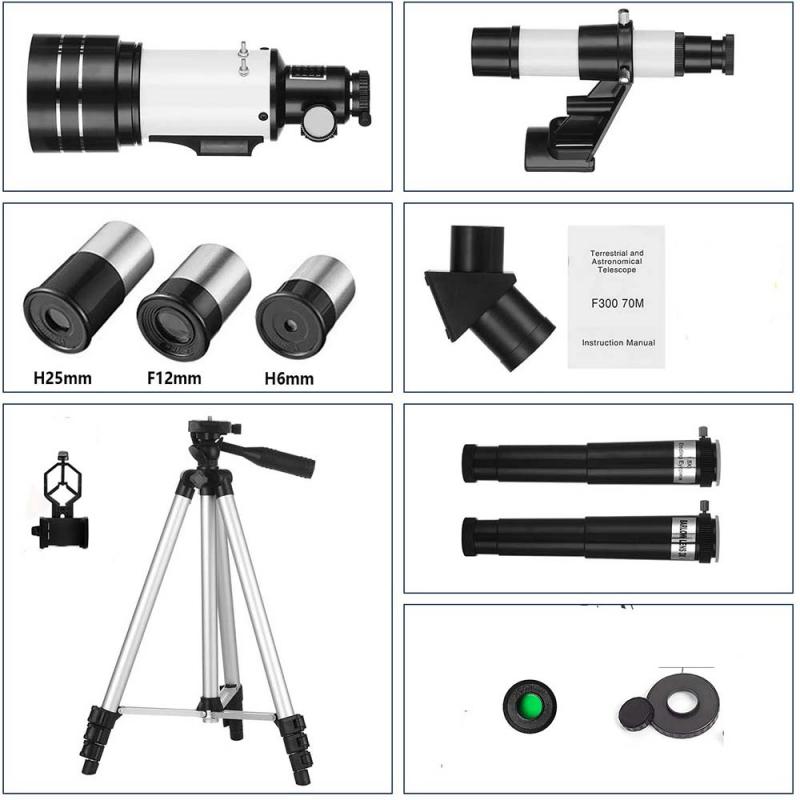
2、 Bright planets like Jupiter and its moons
With a 70mm telescope, you can observe a variety of celestial objects, including bright planets like Jupiter and its moons. Jupiter is one of the most fascinating planets in our solar system, and observing it through a telescope can provide a breathtaking experience.
When observing Jupiter, you will be able to see its distinct cloud bands, which are made up of different layers of gas and dust. These bands are caused by the planet's fast rotation, creating a mesmerizing striped pattern. Additionally, you may also be able to observe the famous Great Red Spot, a massive storm that has been raging on Jupiter for centuries.
Using a 70mm telescope, you can also observe Jupiter's four largest moons, known as the Galilean moons. These moons, named Io, Europa, Ganymede, and Callisto, were discovered by Galileo Galilei in 1610 and are easily visible through a telescope. Watching these moons as they orbit around Jupiter can be a captivating sight.
It's important to note that the level of detail you can see with a 70mm telescope may vary depending on various factors such as atmospheric conditions and light pollution. However, with good viewing conditions, you should be able to see the major features of Jupiter and its moons.
It's worth mentioning that the latest advancements in technology have allowed for even more detailed observations of Jupiter. For instance, space missions like NASA's Juno have provided us with high-resolution images and valuable scientific data about the planet. These new insights can enhance your understanding and appreciation of what you observe through your telescope.
In conclusion, with a 70mm telescope, you can enjoy observing bright planets like Jupiter and its fascinating moons. While the level of detail may not match that of professional observatories or space missions, it still offers a remarkable opportunity to explore the wonders of our solar system.
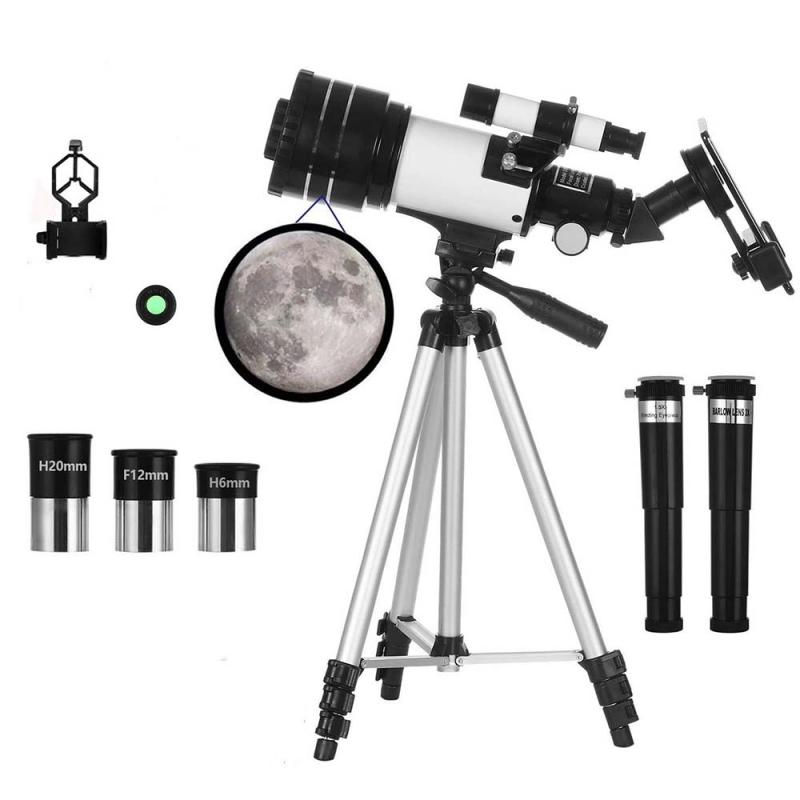
3、 Saturn's rings and some of its larger moons
With a 70mm telescope, you can observe a variety of celestial objects, including the moon, planets, stars, and some deep-sky objects. One of the most fascinating sights you can witness is Saturn and its magnificent rings.
Saturn, the sixth planet from the Sun, is easily recognizable due to its iconic ring system. When observing Saturn through a 70mm telescope, you can clearly see the planet's rings, which are composed of countless icy particles ranging in size from tiny grains to large chunks. The rings appear as a distinct feature encircling the planet, adding to its beauty and allure.
Additionally, with a 70mm telescope, you may also be able to observe some of Saturn's larger moons. The planet has over 80 known moons, but the most prominent ones visible through a smaller telescope include Titan, Rhea, Dione, Tethys, and Enceladus. These moons appear as small points of light near Saturn, and their positions may change over time as they orbit the planet.
It's important to note that the level of detail you can observe with a 70mm telescope may be limited compared to larger telescopes. However, advancements in technology and optics have made it possible to capture clearer and more detailed images even with smaller telescopes. Therefore, with the right conditions and a good eyepiece, you may be able to see some of the intricate features of Saturn's rings and catch glimpses of its larger moons.
As always, it's recommended to consult star charts, astronomy apps, or online resources to determine the best time and position to observe Saturn and its moons.
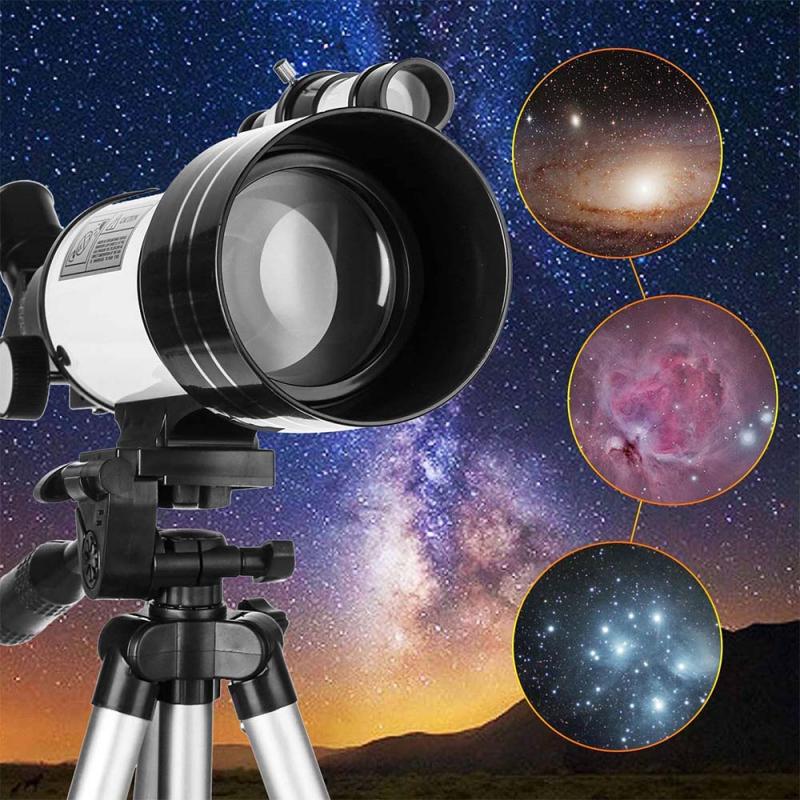
4、 Mars' polar ice caps and surface features
With a 70mm telescope, you can observe various celestial objects in the night sky, including planets, stars, and even some deep-sky objects. When it comes to Mars, a 70mm telescope can provide you with some fascinating views of the Red Planet.
One of the most prominent features you can observe on Mars with a 70mm telescope is its polar ice caps. Mars has both a northern and a southern polar ice cap, composed mainly of water ice and carbon dioxide ice. These ice caps undergo seasonal changes, expanding and contracting as the planet orbits the Sun. With your telescope, you can witness these changes and observe the size and extent of the polar ice caps.
Additionally, a 70mm telescope can reveal some surface features on Mars. Although not as detailed as larger telescopes or spacecraft images, you may be able to observe some of the planet's darker regions, such as the Syrtis Major Planum, which is a large volcanic region. You might also catch a glimpse of the bright Hellas Basin, one of the largest impact craters in the solar system.
It's important to note that the level of detail you can see with a 70mm telescope will depend on various factors, including the atmospheric conditions, the telescope's quality, and your observing skills. However, with patience and practice, you can still enjoy some remarkable views of Mars.
As for the latest point of view, it's worth mentioning that in recent years, Mars has been extensively studied by spacecraft, such as NASA's Mars rovers and orbiters. These missions have provided us with high-resolution images and detailed information about the planet's surface features, weather patterns, and potential for past or present life. So, while a 70mm telescope can offer a glimpse of Mars, it's always exciting to complement your observations with the latest findings from space missions.
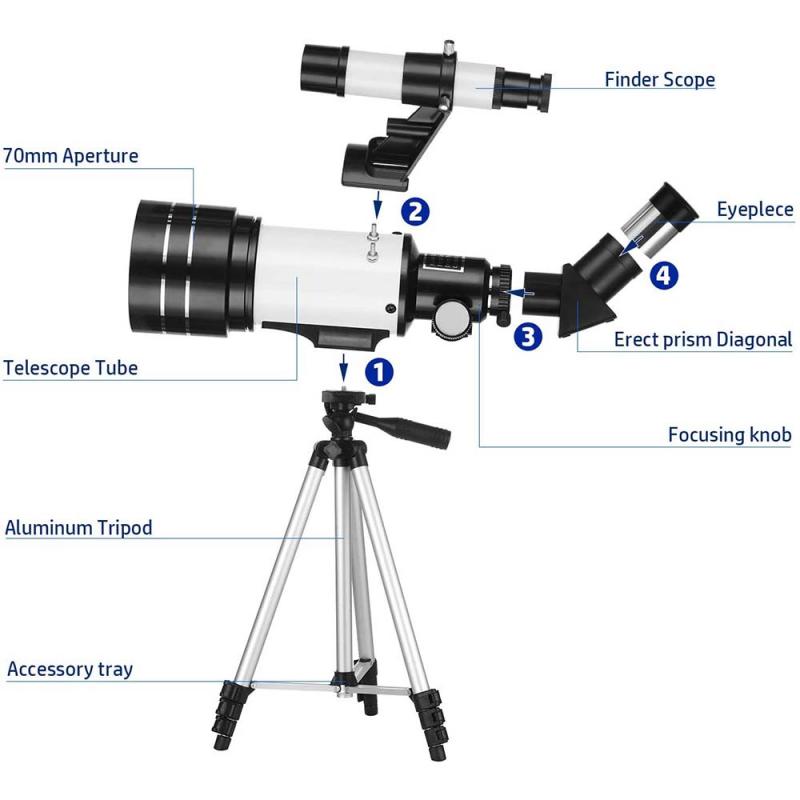

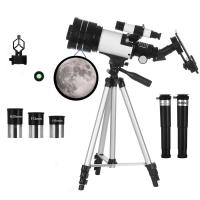
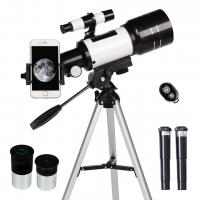
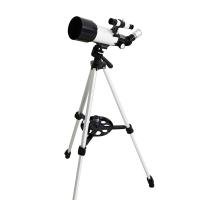


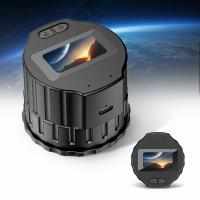
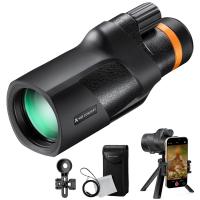

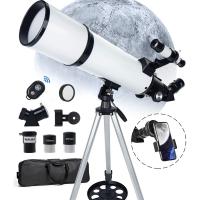



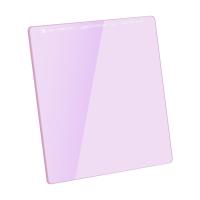








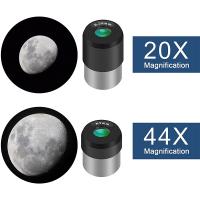









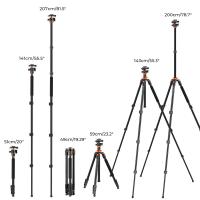


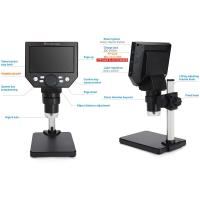



There are no comments for this blog.